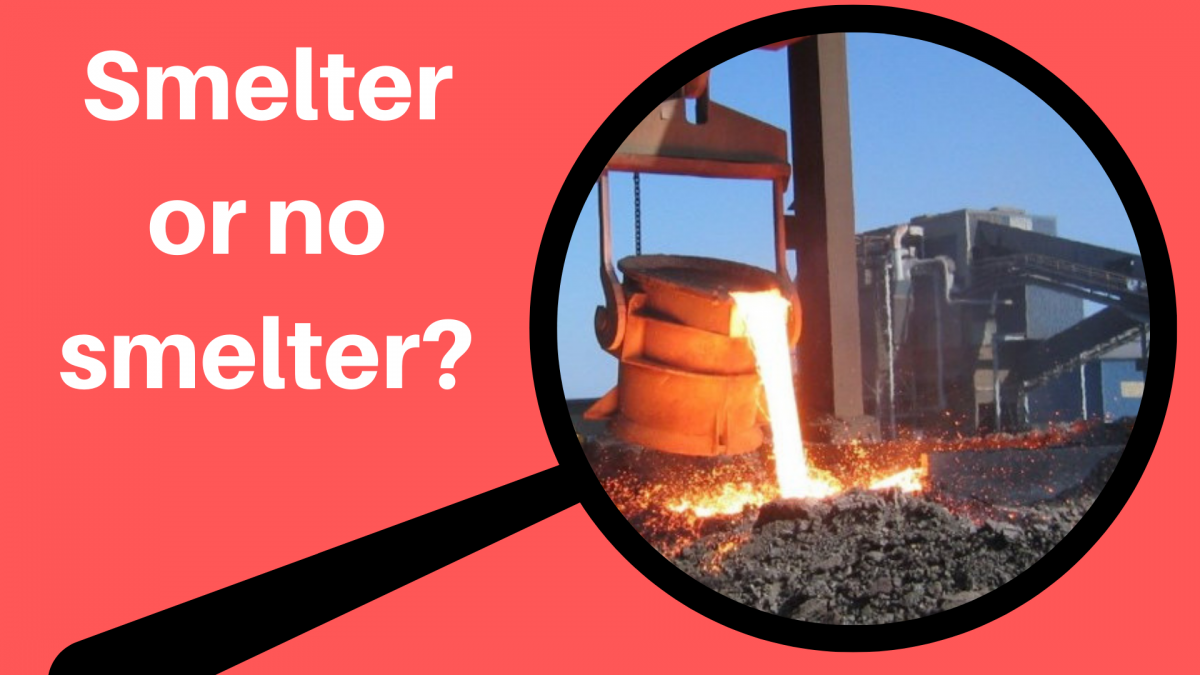
Two renowned investigators of environmental issues have made the proposed ferrochrome smelter their latest subject of scrutiny with a new article entitled ‘Them Plants Are Killing Us’: Inside a Cross-Border Battle Against Cancer and Pollution.
The article was co-produced by the Narwhal, a Canadian environmental investigative news site, and Environmental Health News (EHN), a nonprofit, nonpartisan organization dedicated to driving science into public discussion and policy on environmental health issues.
They spotlight how people in the Twin Saults have banded together to address the risks the ferrochrome smelter proposed for the Ontario side of the river may pose. Both communities already have high cancer rates.
Many people may be aware of the smelter, the chosen site for which is next to Algoma Steel, and the potential for exposing area residents on both sides of the river to chromium-6 (also known as hexavalent chromium). This is the chemical that Erin Brockovich made famous.
But many may not know that our area already has a legacy of chromium-6 pollution. For nearly 60 years, a tannery on the Michigan side dumped toxic chemicals, including chromium-6 into the ground and water. While the tanner site was remediated in 2007, the Narwhal/ENN article says the area’s drinking water still contains unhealthy amounts of chromium-6.
Then consider that according to Cancer Care Ontario, the Ontario Sault has the highest cancer rates in the province. And the fact that Algoma Steel has an exemption that allows them emit some cancer-causing pollutants above provincial health standards. Then you begin to understand why many are concerned about the proposed smelter being located upwind and upstream from more than 70,000 people when cancer is already common. Chromium pollutants have also been documented to affect fish (see links at the bottom of this article).
The company behind the proposed smelter claims they will have advanced technology to minimize pollution. However, there is no evidence that such technology exists, so the Twin Saults would be guinea pigs. No city in North America has such a smelter inside the city limits. Timmins, Ontario, was another possible location for the smelter, but their chosen site was several kilometres outside of town — not inside the city.
The Narwhal/EHN article touches on recent industrial accidents at Algoma Steel, which sent several workers to hospital. These highlight that while companies may promise ideal conditions when it comes to preventing pollution, those ideals are often not realized.
Narwhal/EHN investigators also talked to several people whose lives have been repeatedly touched by cancer, as well as Sault, Ontario doctor Rob Suppes, who spearheaded a public letter of concern about the smelter that was signed by more than 50 local doctors. Dr. Suppes has said publicly that he regular sees patients with three separate cancers, which he didn’t even know was possible until he began working in the Sault. He has also stated that the Sault may have trouble attracting and retaining healthcare professionals, as they know the risks that chromium-6 poses and may choose to settle instead somewhere that does not have a smelter.
Also interviewed for the Narwhal/EHN article was Selva Rasaiah, a former auditor of Algoma Steel who has been tracking and reporting their emissions violations. He says he has been observing emissions violations that should have been reported to the Ministry of Environment but were not — more evidence that the system that’s supposed to protect us is fallible.
Clean North encourages all citizens of the greater Sault Ste. Marie area to become informed about the relative risks and benefits of building and operating a ferrochrome smelter inside the Ontario Sault and to talk to your local elected representatives about this proposal. We’ve compiled a reading list for those who want to learn more:
- ‘Them Plants Are Killing Us’: Inside a Cross-Border Battle Against Cancer and Pollution
- MiningWatch Canada has several related publications — search for MiningWatch Canada chromium
- Building a Ferrochrome Smelter in Sault Ste. Marie: Potential Emissions and Cumulative Impacts (video of presentation by Algoma University Professor/Canada Research Chair Pedro Antunes)
- Sault Ste. Marie doctors’ open letter on locating a ferrochrome smelter inside the city
- Noront Resources Ferrochrome Production Facility page
- Canadian Environmental Protection Act, 1999 Federal Environmental Quality Guidelines Hexavalent Chromium
- Analysis of acute myeloid leukemia incidence and geographic distribution in Canada from 1992 to 2010 reveals disease clusters in Sarnia and other industrial US border cities in Ontario
- Ecotoxicology of Hexavalent Chromium in Freshwater Fish: A Critical Review
- A comprehensive review on chromium induces alterations in fresh water fishes
- Review of Cr(VI) environmental practices in the chromite mining and smelting industry – Relevance to development of the Ring of Fire, Canada
- Dirty Dollars (Toronto Star article about how dozens of Canadian companies that violate environmental rules have received public money and minimal fines)
- Why It’s Time to Cool the Hype About the Ring of Fire (Globe & Mail article)




